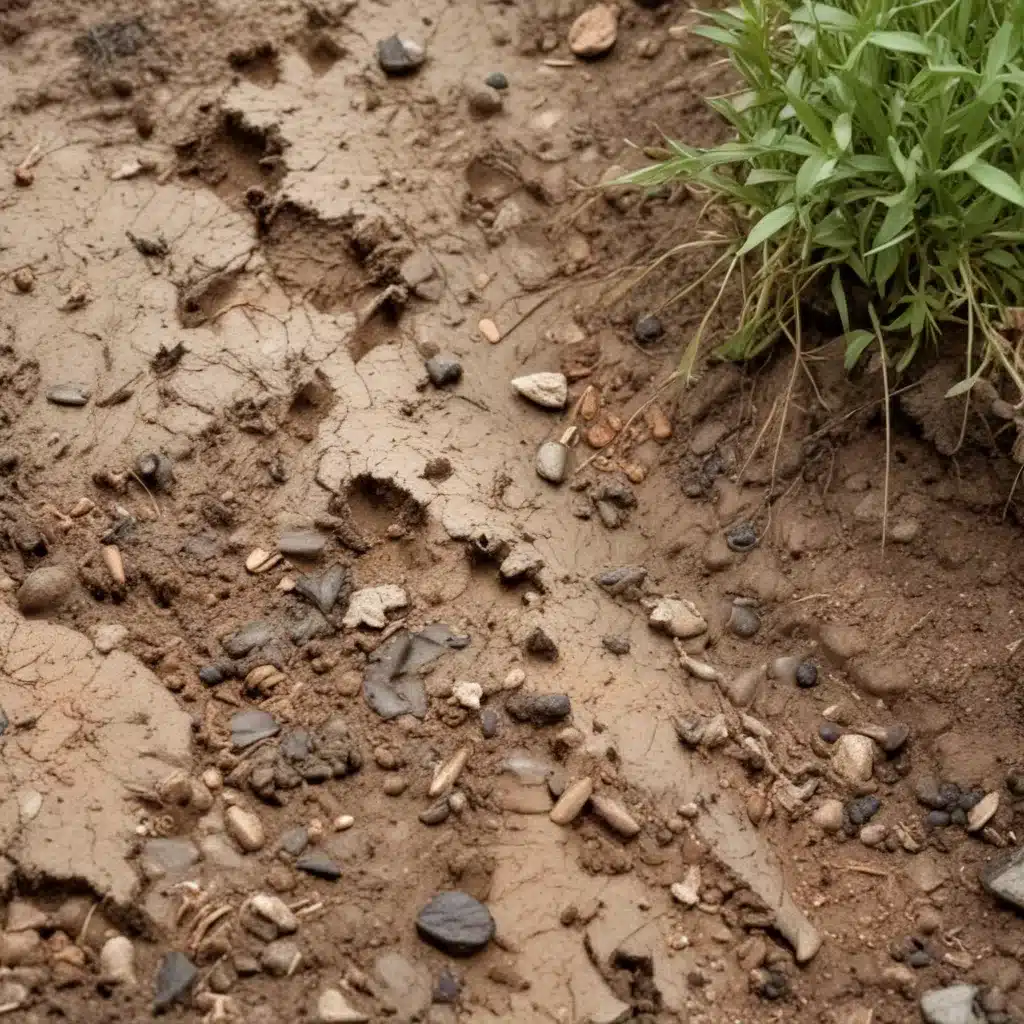
The Prevalence of Neglected Tropical Diseases in Impoverished Communities
Parasitic infections are generally associated with low-income countries in tropical and subtropical regions, but they also pose a significant health challenge in disadvantaged communities across the Southern United States. Studies characterizing the epidemiology of these parasites in the U.S. are limited, leaving public health officials with an incomplete understanding of the scope and severity of the problem.
This comprehensive investigation examines the environmental contamination of gastrointestinal parasites in five low-income communities spanning the Southern states. By determining the contamination rates and burden of each parasite, the researchers shed light on the potential for endemic transmission and the relationship between poverty and parasitic disease.
Methodology: Mapping Parasitic Hotspots
The research team collected a total of 499 soil samples from public parks and private residences in Alabama, Louisiana, Mississippi, South Carolina, and Texas. These communities were selected based on their high poverty rates, low household median incomes, and rural or semi-urban status.
To extract and detect parasitic DNA, the researchers employed a novel technique involving parasite floatation, filtration, and bead-beating, followed by multi-parallel quantitative PCR (qPCR) analysis. This approach allowed for the sensitive and specific identification of 11 common gastrointestinal parasites, including:
- Blastocystis spp.
- Toxocara cati
- Toxocara canis
- Strongyloides stercoralis
- Trichuris trichiura
- Ancylostoma duodenale
- Giardia intestinalis
- Cryptosporidium spp.
- Entamoeba histolytica
- Necator americanus
Key Findings: Alarming Contamination Rates and Poverty Correlations
The results revealed widespread environmental contamination of parasites across the Southern communities, with significant variations in the overall parasite contamination rates:
- Western Mississippi: 46.88%
- Southwestern Alabama: 39.62%
- Northeastern Louisiana: 28.24%
- Southwestern South Carolina: 27.03%
- South Texas: 6.93%
These stark differences were statistically significant (p < 0.0001), suggesting a strong link between community poverty rates and parasitic burdens.
Of particular concern were the findings for the zoonotic soil-transmitted helminths Toxocara cati and Toxocara canis. These parasites, which can cause debilitating visceral and ocular larva migrans in humans, were detected in 6.01% and 3.61% of samples, respectively. Crucially, the Toxocara cati DNA burdens were significantly higher in communities with the greatest poverty, such as Northeastern Louisiana (50.57%) and Western Mississippi (49.60%), compared to less impoverished areas like Southwestern Alabama (30.05%) (p = 0.0011).
The study also highlighted concerning levels of other soil-transmitted helminths, including Strongyloides stercoralis (2.00%), Trichuris trichiura (1.80%), and Ancylostoma duodenale (1.42%), as well as protozoan parasites like Giardia intestinalis (1.40%) and Cryptosporidium spp. (1.00%).
Implications: Neglected Tropical Diseases and the Cycle of Poverty
These results demonstrate the alarming environmental contamination of parasites in low-income communities across the Southern United States. The strong correlation between poverty and parasitic burdens underscores the well-established link between socioeconomic status and the risk of contracting these neglected tropical diseases.
Parasitic infections can have devastating effects, particularly on children, leading to malnutrition, anemia, cognitive impairment, and delayed physical development. Such health impacts can perpetuate the cycle of poverty, as affected individuals struggle to reach their full potential.
Moreover, the presence of these parasites in the soil poses a significant risk of transmission, as children and adults alike may inadvertently ingest or come into contact with contaminated dirt while playing, gardening, or performing other daily activities. The findings suggest that these communities face an elevated threat of endemic parasitic disease.
Addressing the Challenge: A Call for Action
The disproportionate burden of parasitic infections in impoverished Southern communities demands a comprehensive, multifaceted response from public health authorities, community organizations, and policymakers. Strategies to address this pressing issue may include:
-
Expanded Surveillance and Epidemiological Studies: Building on the findings of this research, further investigations are needed to map the full extent of parasitic contamination and identify high-risk areas for targeted interventions.
-
Improved Sanitation Infrastructure: Investing in reliable sewage systems, wastewater treatment, and garbage disposal in underserved communities can help break the cycle of parasitic transmission.
-
Community-Based Education and Outreach: Empowering residents through health literacy campaigns and promoting protective behaviors, such as hand-washing and proper footwear, can reduce the risk of infection.
-
Integrated Control and Treatment Programs: Establishing deworming initiatives, particularly for children, and providing access to appropriate diagnoses and medications can alleviate the burden of parasitic diseases.
-
Poverty Alleviation Strategies: Addressing the root causes of poverty through economic development, access to quality education, and social safety nets can help mitigate the disproportionate impact of parasitic infections on marginalized communities.
By addressing the environmental contamination of parasites and the socioeconomic factors that drive their persistence, policymakers and community leaders can take crucial steps toward improving the health and well-being of individuals and families in the Southern United States. The time to act is now, as the consequences of inaction will continue to perpetuate the cycle of poverty and neglected tropical diseases.
Conclusion
This comprehensive study has shed light on the alarming prevalence of parasitic contamination in the soil of low-income communities across the Southern United States. The strong correlation between poverty and elevated parasite burdens underscores the need for targeted, multifaceted interventions to address this persistent public health challenge.
Through expanded surveillance, improved sanitation infrastructure, community-based education, integrated control programs, and poverty alleviation strategies, policymakers and community leaders can work together to break the cycle of neglected tropical diseases and create a healthier, more equitable future for all. By prioritizing the environmental health of marginalized communities, we can unlock their full potential and foster sustainable development that benefits us all.
To learn more about the Joint Action for Water organization and their efforts to address water and sanitation issues, please visit https://jointactionforwater.org/.

